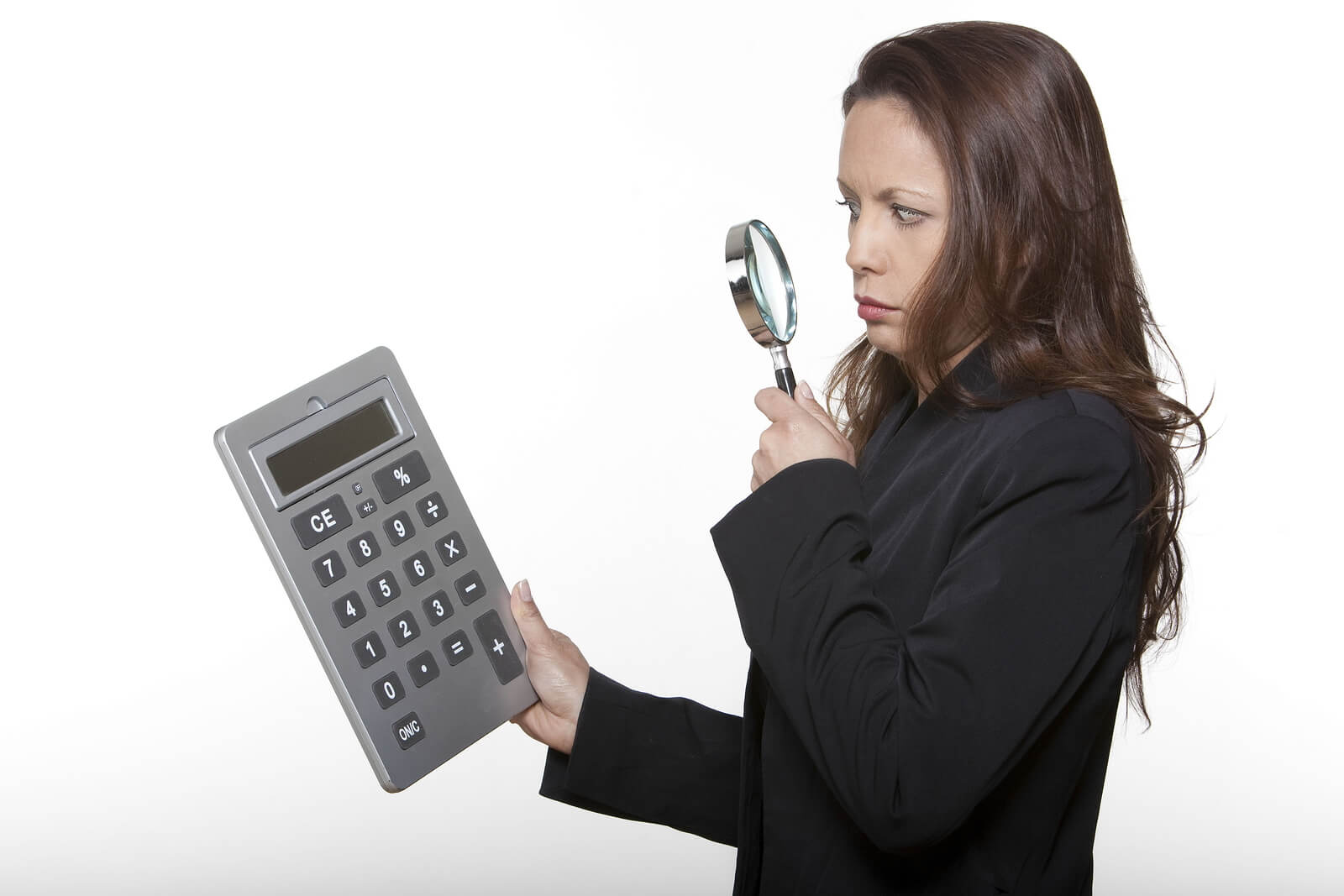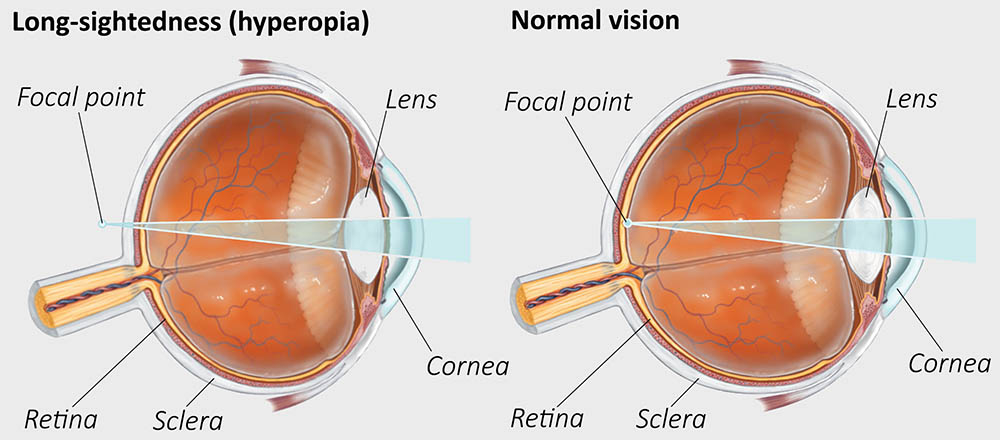
What is long-sightedness?
Long-sightedness (also known as hyperopia) is a common eye condition that can be hard to detect. It makes close objects appear blurry, or you might be able to focus clearly but get tired eyes or headaches. For people with significant long-sightedness, vision can be blurry for things in the distance as well.
How is long-sightedness caused?
The size and shape of the eye largely causes long-sightedness.
When light enters the eye, it is bent by the cornea, the clear layer on the front of the eye, and the lens. This process is known as refraction.
If you have normal vision, the rays of light are brought into focus right on the retina, the layer at the back of the eye. If you are long-sighted, the cornea is not sufficiently curved or the eye is too short, so the light rays from close objects focus behind, rather than on, the retina when the eye is resting (not actively focusing on something).
Many people are slightly long-sighted and the lens automatically corrects for the refractive error by adjusting the focus to get a sharp image.
People who are more long-sighted, or who do a lot of near-focus activities such as reading, need more adjustment. This means their eyes can get tired by the end of the day and they might get headaches.
You have a slightly higher chance of being long-sighted if either of your parents is long-sighted.

How can I tell if I’m long-sighted?
Mild long-sightedness can be hard to detect because the lens automatically corrects your focus to make close objects clear. But you might find that you have strained or aching eyes or a headache or tiredness after periods of close work.
If you have more severe long-sightedness, you might find it hard to focus on close objects.
If you think that you or your child might be long-sighted, see your doctor or optometrist for an eye check.
How is long-sightedness diagnosed?
Standard vision screening tests might not detect long-sightedness, but an optometrist or ophthalmologist can measure how well your eye focuses as part of an eye examination.
Treatment of long-sightedness
Mild long-sightedness, especially in young people, might not need any treatment.
If moderate to severe long-sightedness is not corrected, however, the extra focusing effort required may increase the likelihood of children developing lazy eye (amblyopia) or turned eyes(also known as a squint, or strabismus).
The most common treatment is glasses, especially for reading and other near work, but sometimes also for distance. Your optometrist might recommend eye exercises.
Laser refraction surgery can correct long-sightedness, and might be suitable for adults, although it is not recommended for children.
Even if you have no concerns about your vision, it is best to have your eyes checked every 2 years.



